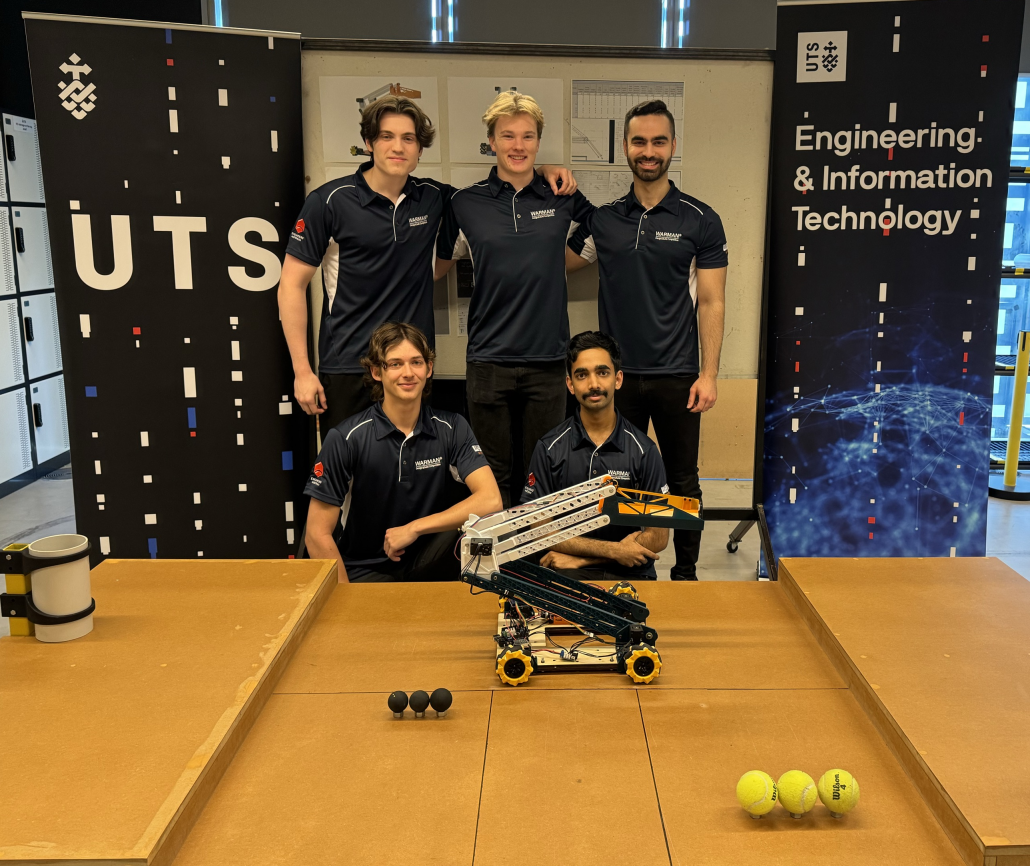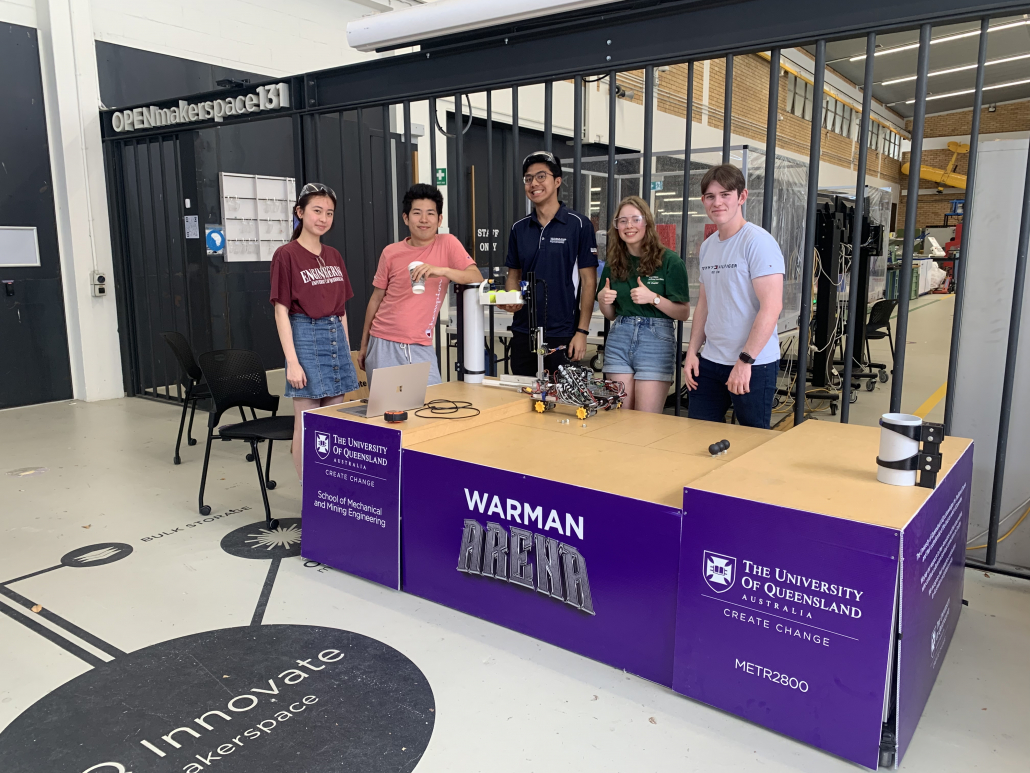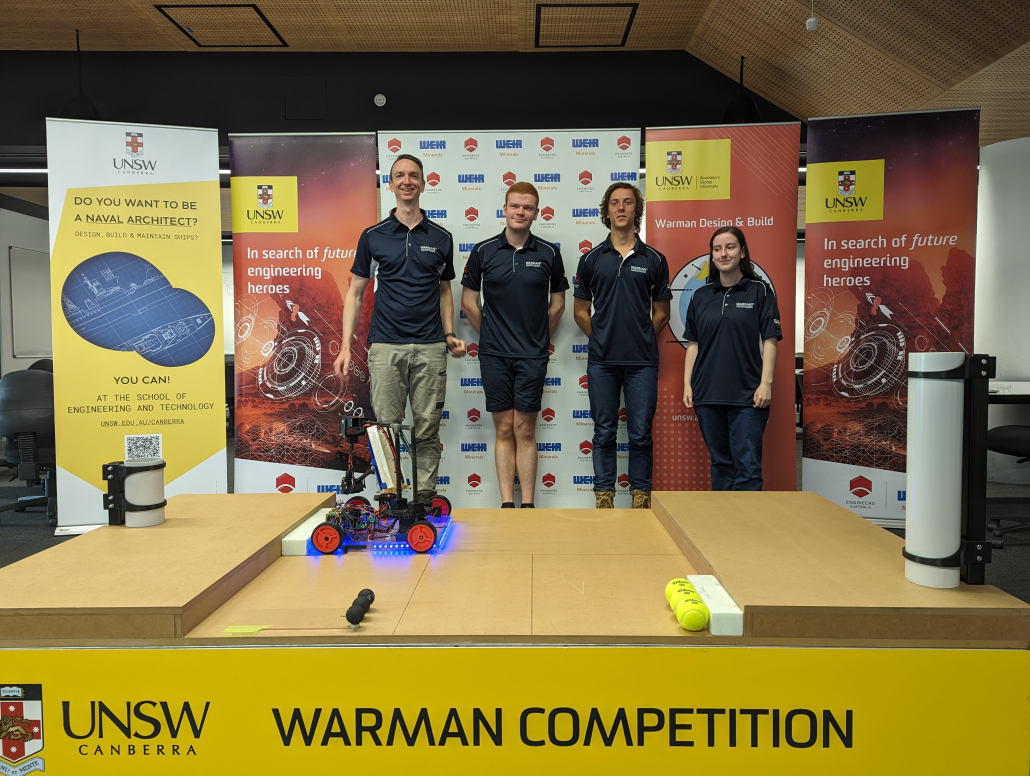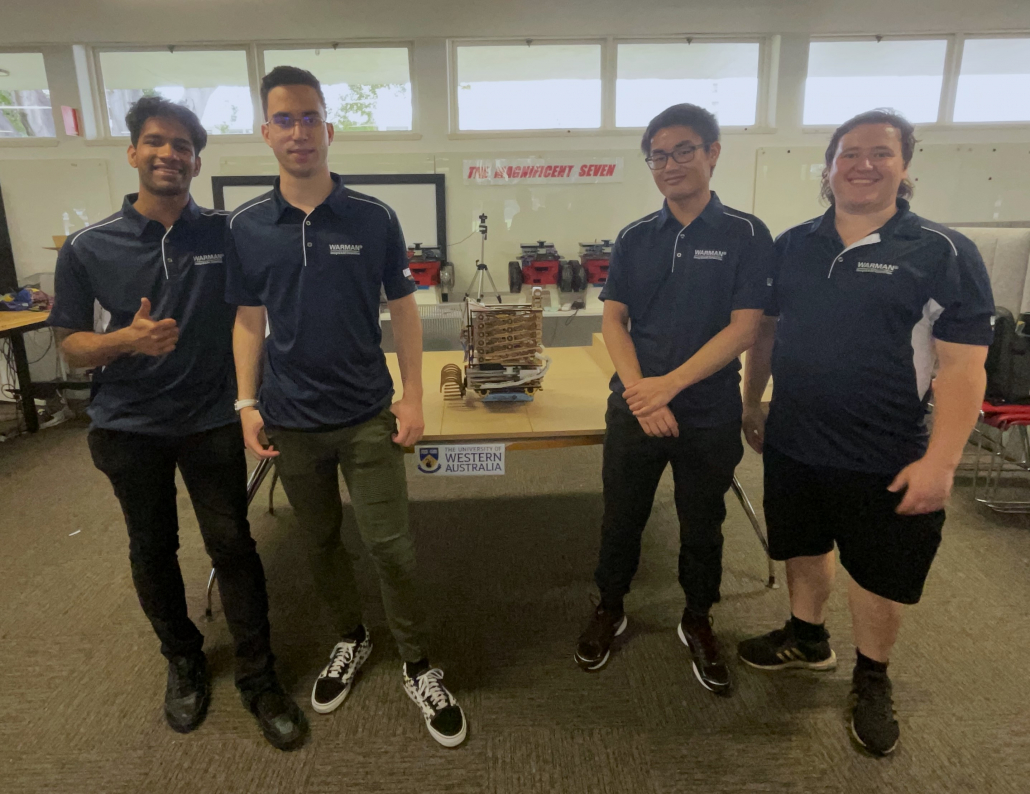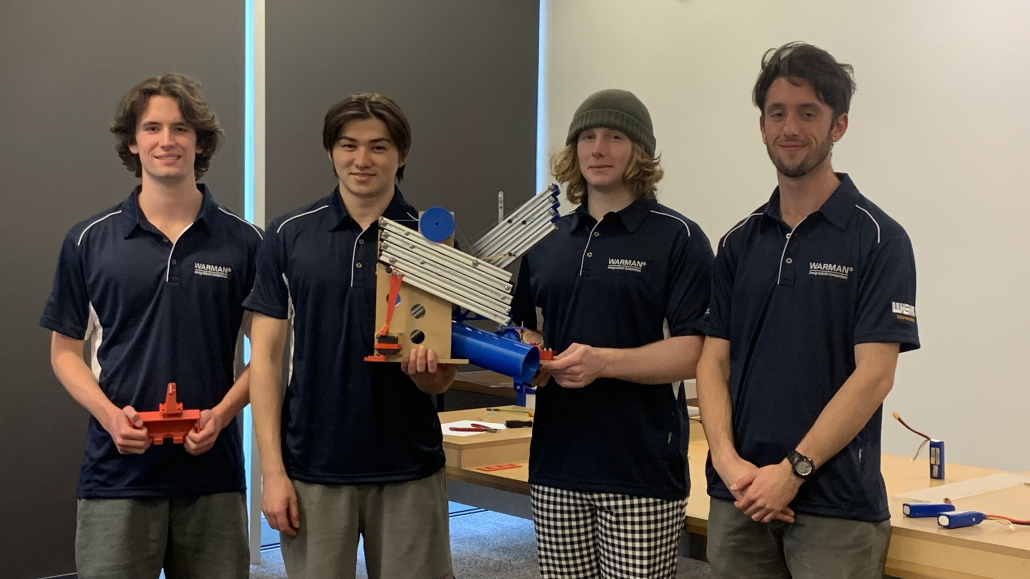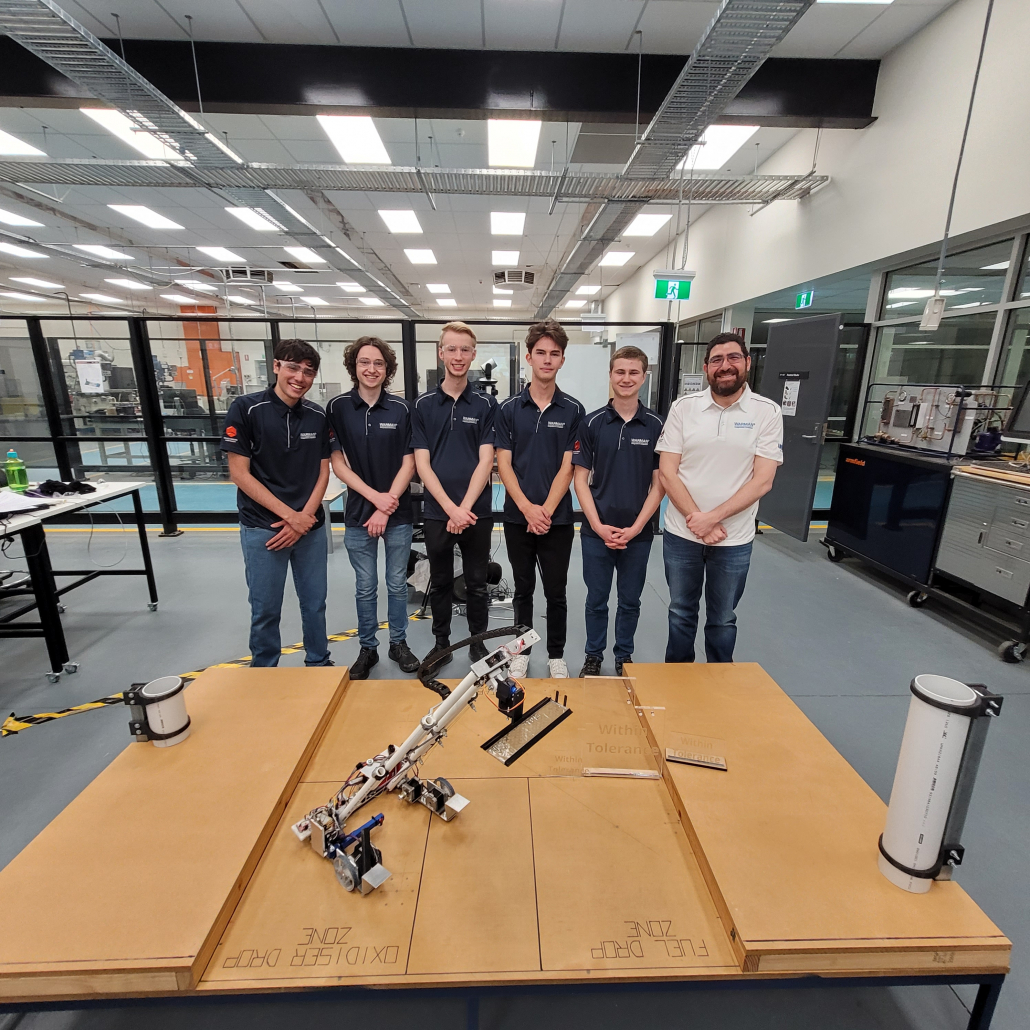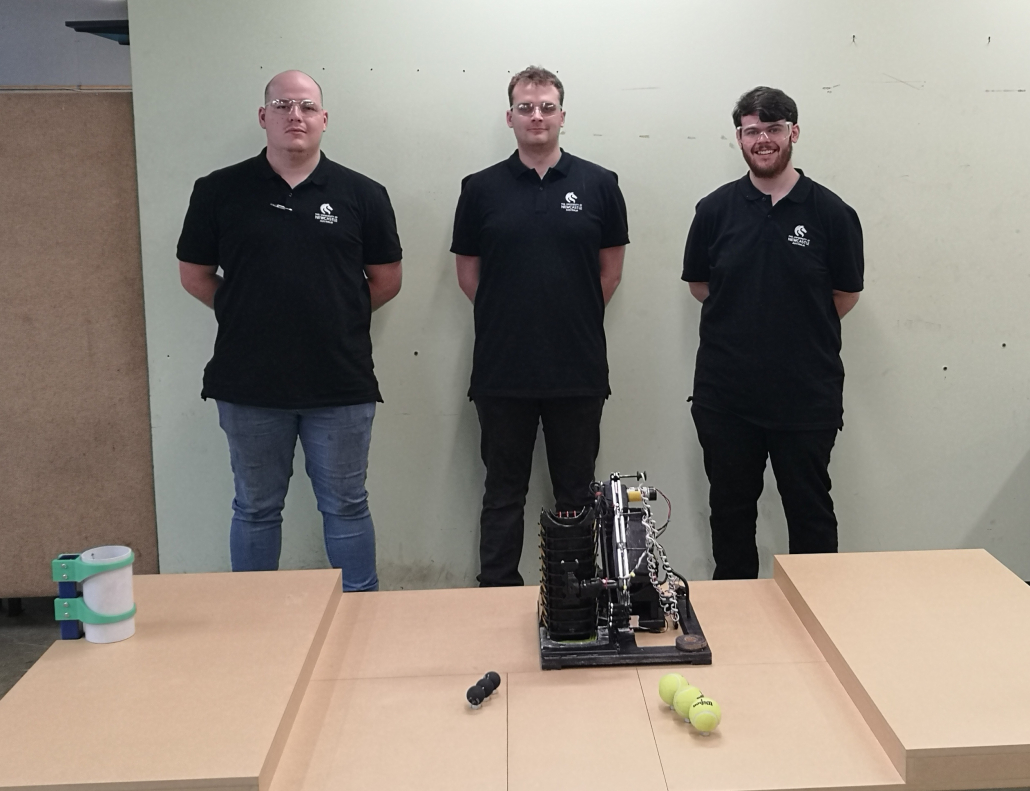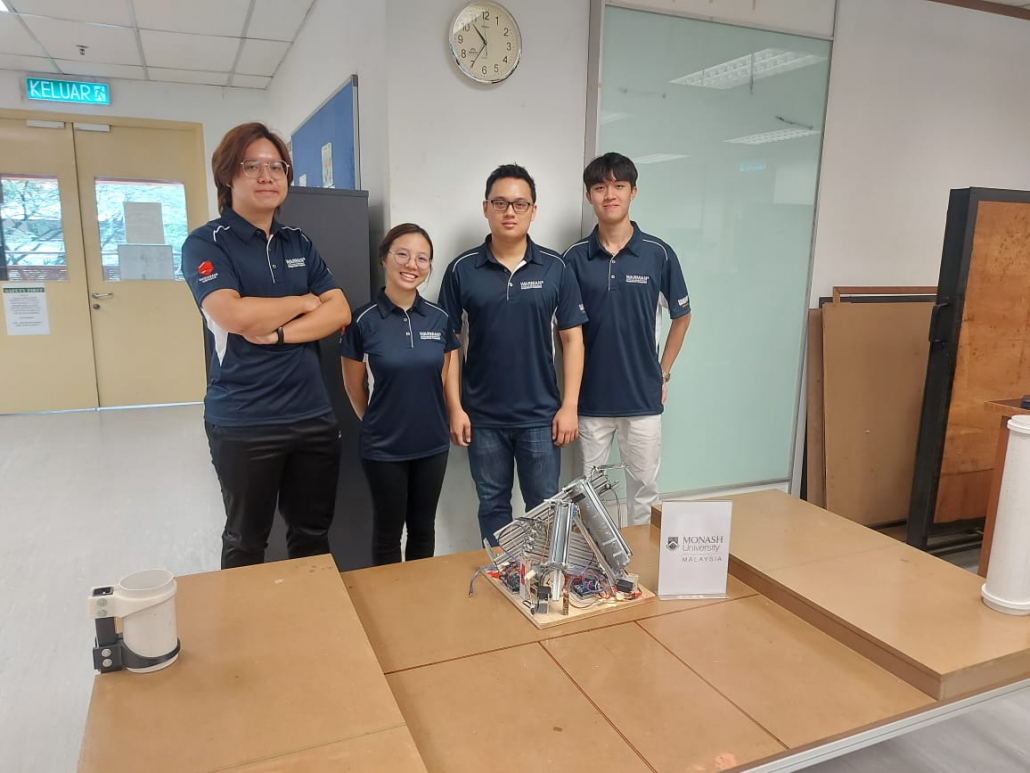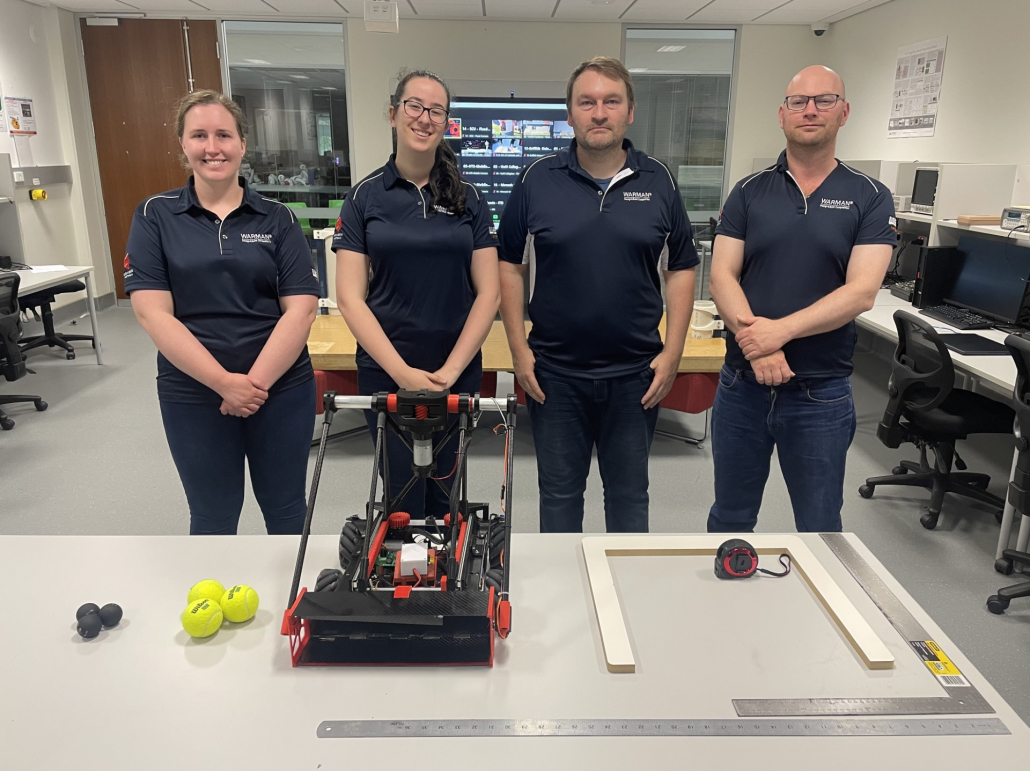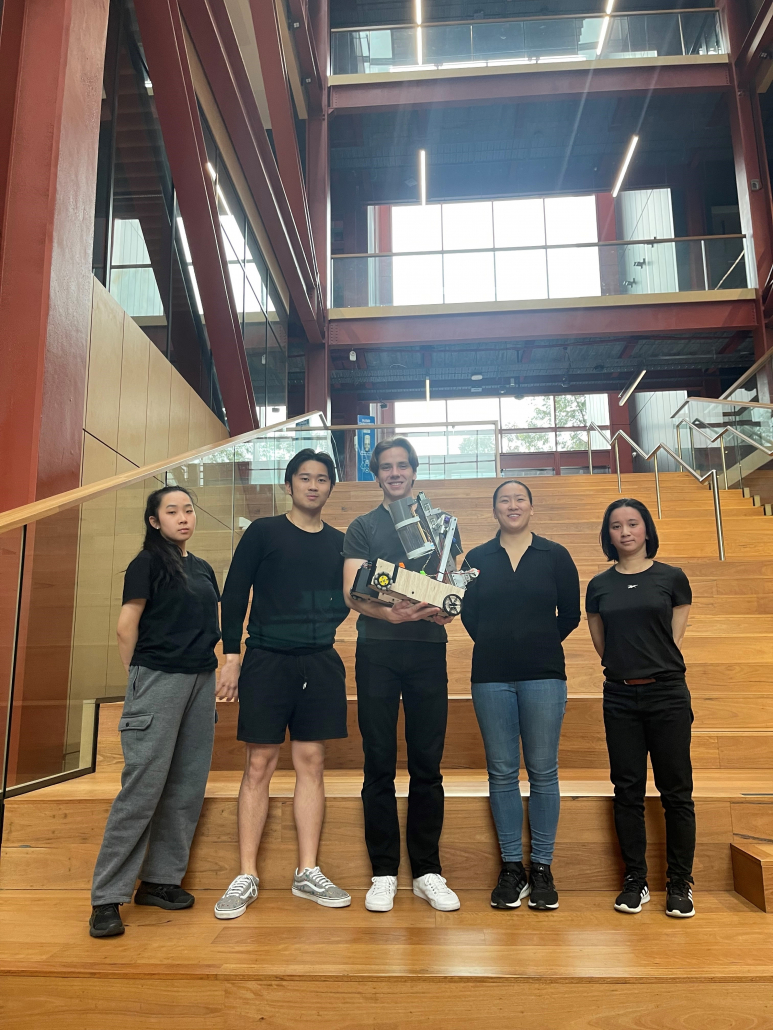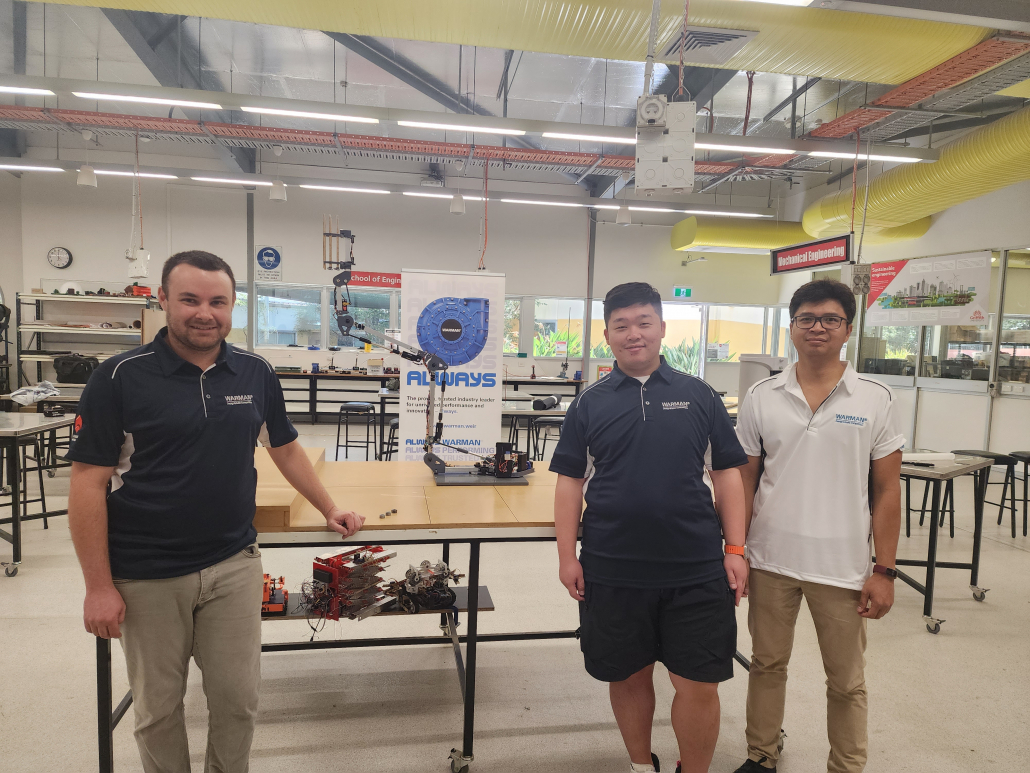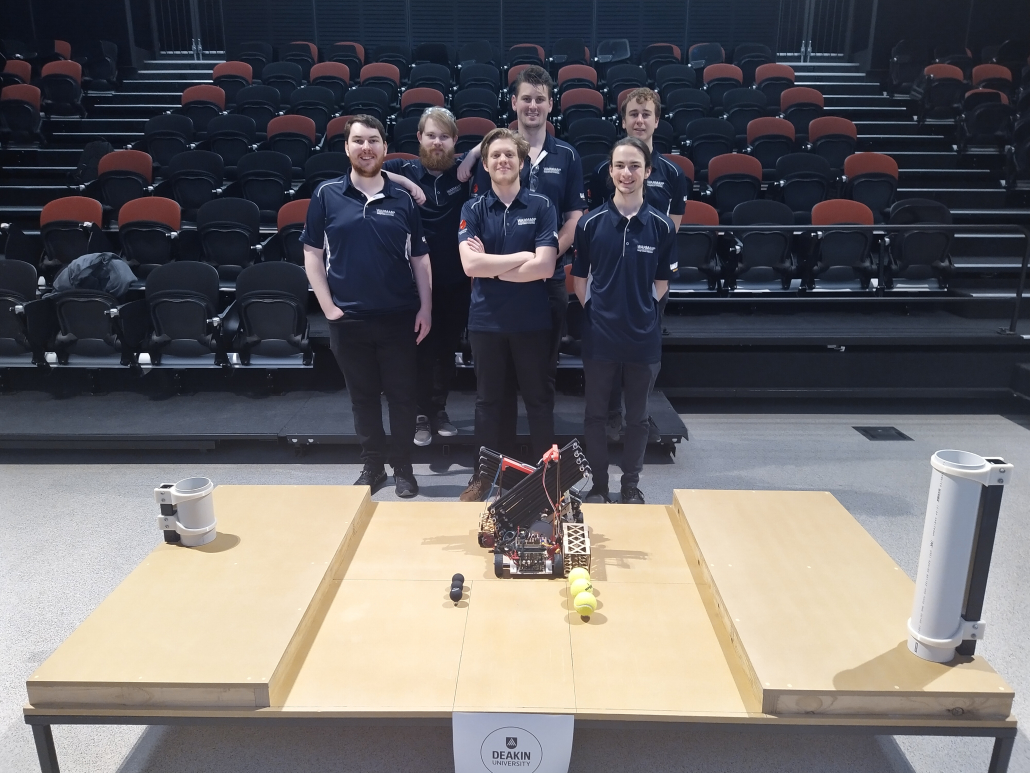Warman Design and Build Competition: International Final dates and format announced
We are thrilled to announce that the international finals for the 37th Warman Design and Build Competition will be held on October 26th and 27th, 2024.
As many universities are either preparing for or have recently concluded their campus heats, we would like to provide some important updates regarding the next steps:
-
- Dates: The finals will take place over the weekend, on Saturday 26 and Sunday 27 October 2024.
- Competition Format: The competition will be held virtually, whereby individual teams will participate from their respective university campuses over the two days
- Rules: You can review the rules for the 2024 competition here
Warman Design and Build Competition 2024 Rules
The Warman Design and Build Competition challenges students to push the boundaries of Mechanical Engineering by developing practical solutions to theoretical problems.
Treasured by universities and students alike since its inception in 1988, the Warman Design and Build competition has allowed leading Universities to take engineering out of the classroom and into practice, allowing bright-minded students to create unique engineering solutions to help save the fictional planet of Gondwana.
The Competition is sponsored by Weir Minerals Australia Ltd (formerly known as Warman International) and is coordinated by the National Committee on Engineering Design (NCED) of Engineers Australia, affiliated with the Mechanical College.
The Mission: Project FAMINE
The people of Gondwana need an innovative engineering solution.
For the past 36 years the people of Gondwana, a small planet orbiting a sun on the outer fringes of our galaxy, have triumphed over their new planet’s harsh environment. They have overcome complex problems using only the resources they have at hand and assistance from the brilliant minds of engineers from Earth.
These engineers have traversed impossible ravines with limited resources, contained dangerous nuclear contaminations and solved engineering feats that have made people’s lives easier and safer.
Once again the people of Gondwana are faced with uncertainty… and once again student engineers from Earth are here to help.
Challenge
Your team of student engineers has been set the task of designing and building a scale, demonstration system which is capable of safely depositing six fur covered pods into the ground mounted incinerator mouth. Over the last 36 years, Earth’s engineering students have rendered invaluable assistance with such engineering problems, and we anticipate you will again be successful on this thirty-seventh occasion.
Context
Gondwana is a small planet orbiting a star on the outer fringes of the Milky Way. An asteroid has entered their atmosphere and distributed six seed pods of an invasive plant. If the pods rupture and distribute their seeds the Gondwanan agriculture would be devastated, leading to famine. The pods will naturally rupture during the next biannual full moon, so it is imperative the pods are collected and preferably incinerated using an underground facility as soon as possible. Four fur covered pods have settled on the ground and two in trees.
Your task is to Find And Incinerate Noxious Epicotyls (Project FAMINE).
The Gondwanans have once again asked for assistance from Earth’s student engineers to design a system to deposit the seed pods into the mouth of their incinerator before they distribute their seeds. A scaled down prototype of their design will be manufactured and demonstrated.
Objective
Prototype a reduced scale, proof-of-concept transport system, later referred to as the “system”, which will precisely deliver scale representations of the seed pods, from their respective settling zones to the incinerator. Referring to Figure 1, the team will have freedom to position their prototype device at any chosen location within the respective boundaries. The seed pods will be simulated using tennis balls. Size constraints require your system to fit within an imaginary 400 mm sided cube. When activated via a single starting action, your system will autonomously move the pods (in the order of your choice) and deliver them to the incinerator. The maximum allowed time for the operation is 120 seconds.
Warman Design and Build Competition 2023 International Final Winners Saved Gondwana Planet
The mechanical engineering first and second year students representing university teams from Australia, Malaysia, Singapore and New Zealand came together head to head to compete for the coveted 2023 Warman Design and Build Competition on 21 -22 October.
The Warman competition has been proudly sponsored by Weir Minerals and coordinated by the National Committee on Engineering Design (NCED) of Engineers Australia, affiliated with the Mechanical College for 36 years.
The competition provides students a rare opportunity to practice hands on engineering design skills. The student teams representing 16 teams competed over the two days. These included the University of Canterbury, UNSW Canberra, University of Newcastle – Callaghan Campus, University of Wollongong, University of Technology Sydney, Deakin University, Monash University Clayton Campus, University of Adelaide, Griffith University Gold Coast campus, University of Queensland, University of South Australia, Mawson Lakes Campus, Griffith University – Nathan campus, Edith Cowan University, University of Western Australia, Monash University Malaysia, University of Newcastle, Singapore.
Competing in heats at their universities only the team with the best ideas and execution progressed to the finals, for a chance of the tittle of Warman Design and Build Competition.
On competition day, the tension and excitement in teams was palpable as the teams competed in the virtual competition, that was live streamed over the weekend.
2023 Warman Design and Build Competition International Final winners:
- First Prize: University Canterbury
- Second Prize: UNSW Canberra
- Third Prize: Griffith University Nathan campus
- Weir Judges Award: Edith Cowan University
- NCED “Best Design” Award: Griffith University Nathan campus
2023 Finalists
- UNSW Canberra
- University of Newcastle – Callaghan Campus, NSW
- University of Technology Sydney, NSW
- University of Wollongong, NSW
- Griffith University – Nathan campus, QLD
- Griffith University – Gold coast campus, QLD
- University of Queensland, QLD
- University of Adelaide, SA
- University of South Australia, Mawson Lakes Campus, SA
- Deakin University, VIC
- Monash University – Clayton Campus, VIC
- RMIT University, VIC
- Edith Cowan University, WA
- University of Western Australia, WA
- University Of Newcastle, Singapore
- Monash University Malaysia
- University of Canterbury, NZ
